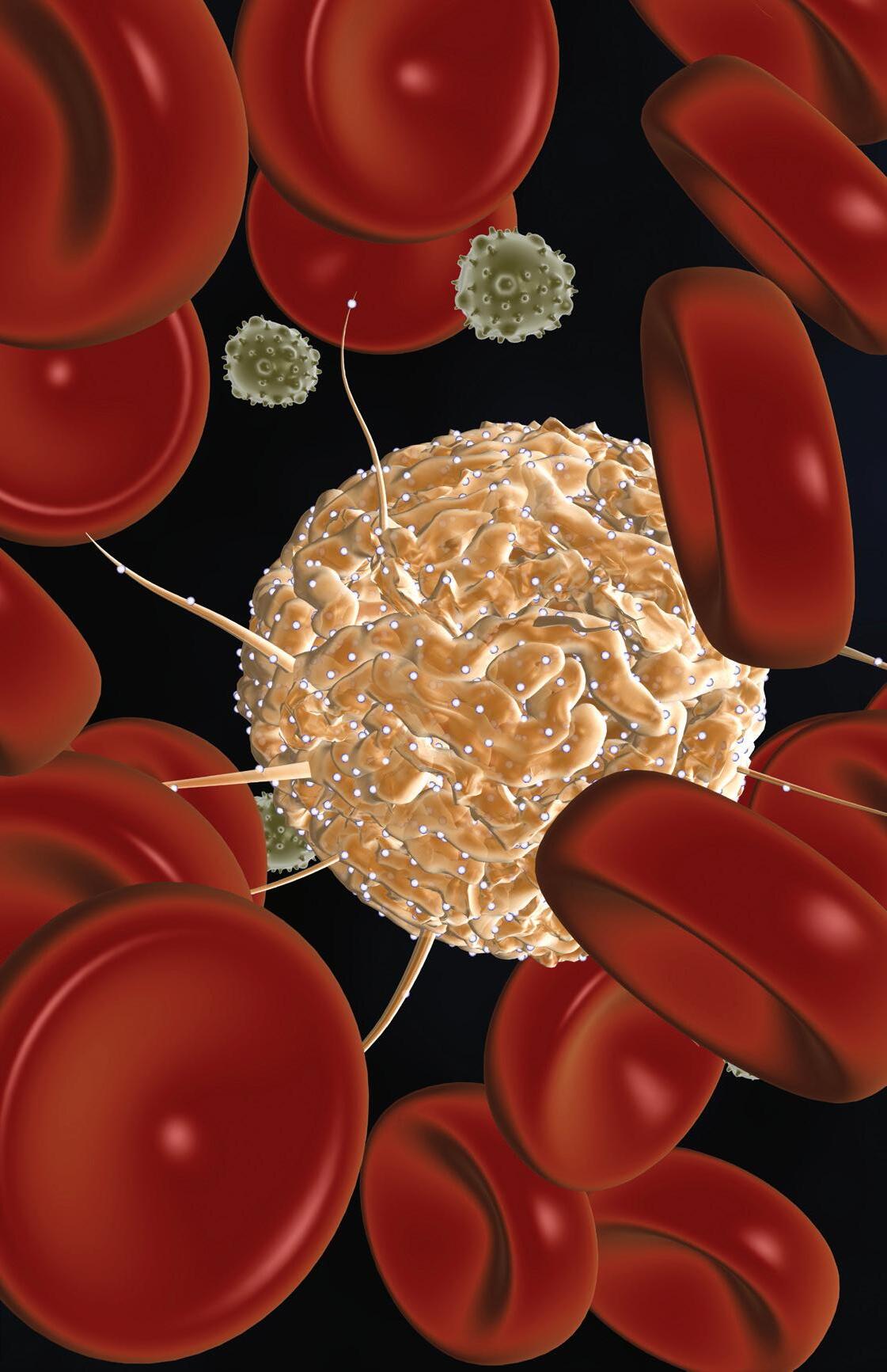
2 minute read
Research
Stem cell transplant yields one more cure
An international group of researchers, including Wits scientists, has identified a third case of HIV infection cured by stem cell transplantation.
“Haematopoietic” refers to an immature cell that can develop into all types of blood cells, including white blood cells, red blood cells, and platelets.
Haematopoietic stem cell transplantation for the treatment of severe blood cancers is the medical intervention that previously cured two people living with HIV. Haematopoietic stem cells are found in the peripheral blood and the bone marrow and are also called blood stem cells. An international group of physicians and researchers, including Dr Annemarie Wensing of Ezintsha, a division of the Wits Health Consortium, and Dr Monique Nijhuis in the HIV Pathogenesis Research Unit at Wits, has now identified another case in which HIV infection has been shown to be cured in the same way.
In a study published in "Nature Medicine", the successful healing process of this third patient was for the first time characterised in great detail virologically and immunologically over a 10-year duration. An infection with the human immunodeficiency virus was previously considered incurable. The reason for this is that the virus “sleeps” in the genome of infected cells for long periods of time, making it invisible and inaccessible to both the immune system and antiviral drugs.
Source: Wits research news
Background image: A stylised view of a haematopoietic stem cell surrounded by red blood cells. These stem cells give rise to all the blood cell types










